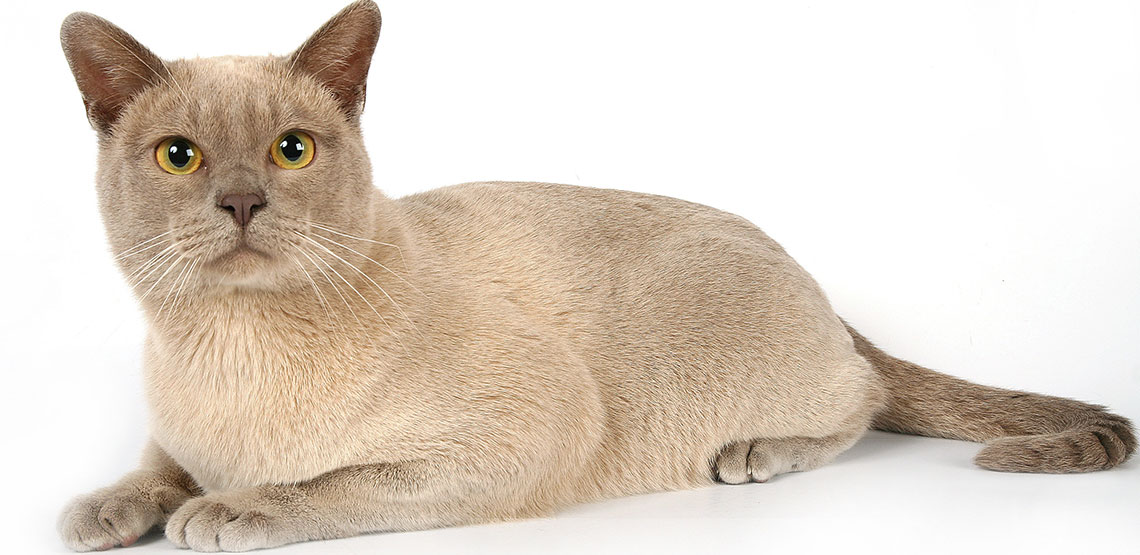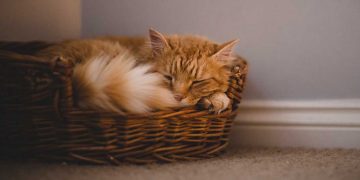A Pet Owner's Guide to the Burmese Cat
Burmese cats are often split into two subgroups: the American Burmese and the British Burmese. The American variant tends to have a rounder skull and smaller nose, while the British subtype has more of a wedge shape to its skull and a longer nose. At one time, this breed was invariably brown, but Burmese cat breeders have since introduced a full range of coat colors through selective breeding.
History
It's believed that the pure, historic Burmese breed died out, and that the cats known by this name today are actually descended from a cross of the original purebred and a Siamese cat. These cats made their way to the Western world largely through soldiers returning home with feline mementos from the Second World War and the Korean War.
Appearance
Size: These cats are considered small-to-medium in size, but they're muscular and heavier than they might look. Healthy adults will have the same weight range as the hairless Sphynx cat – no more than 10 to 15 pounds.
Coat: Burmese cats have silky coats marked by short, fine hair. Glossy and soft, their fur lies close to their bodies and should lighten in tone approaching their bellies.
Eyes & Ears: Burmese kittens are born with bright, round golden or yellow eyes, though it's possible to obtain shades of blue by crossing this breed with a Siamese cat. Ears are rounded and are fairly large, considering the relatively small head size. This characteristic is more prominent in the round-headed American variant.
Tail: Burmese cat breeders prefer medium-length, narrow tails with a slight taper. The tip of the tail should be rounded.
You May Also Like:
Related Search Topics (Ads):
Disposition
While they're just as vocal as their Siamese cousins, Burmese cats have a much less shrill meow. They are very attached to their human companions, display a high energy level and are one of the few cat breeds known to "fetch" objects the way dogs do. Though they're athletic and playful, they are also fierce fighters and will defend themselves vigorously against attacks from other animals.
Health and Care
Grooming: It's not normally necessary to do anything more than pet a Burmese cat to help keep it groomed. Like all cats, though, they love to be brushed. Consider picking up a firm-bristled brush when purchasing Burmese cat products from the pet store.
Activity Level: These cats make splendid companions for energetic individuals, as they love to play games and race around the house. Ideally, they should have plenty of outdoor space to play in as well.
Health Problems: Beyond the ailments that any aging cat can suffer from, including feline leukemia and feline distemper, Burmese cat breeders have noted that these animals are prone to cherry eye and corneal dermoids, a condition involving skin growth over the cornea. Corneal dermoids can be corrected with surgery.
Average Lifespan: These cats enjoy longer lives than the majority of pedigree breeds, reaching an average of 16 to 18 years of age.
Burmese Cat Rescue Resources
Animal control authorities in your area can direct you to cat adoption centers where you can rescue an abandoned, neglected, abused or unwanted Burmese cat.

